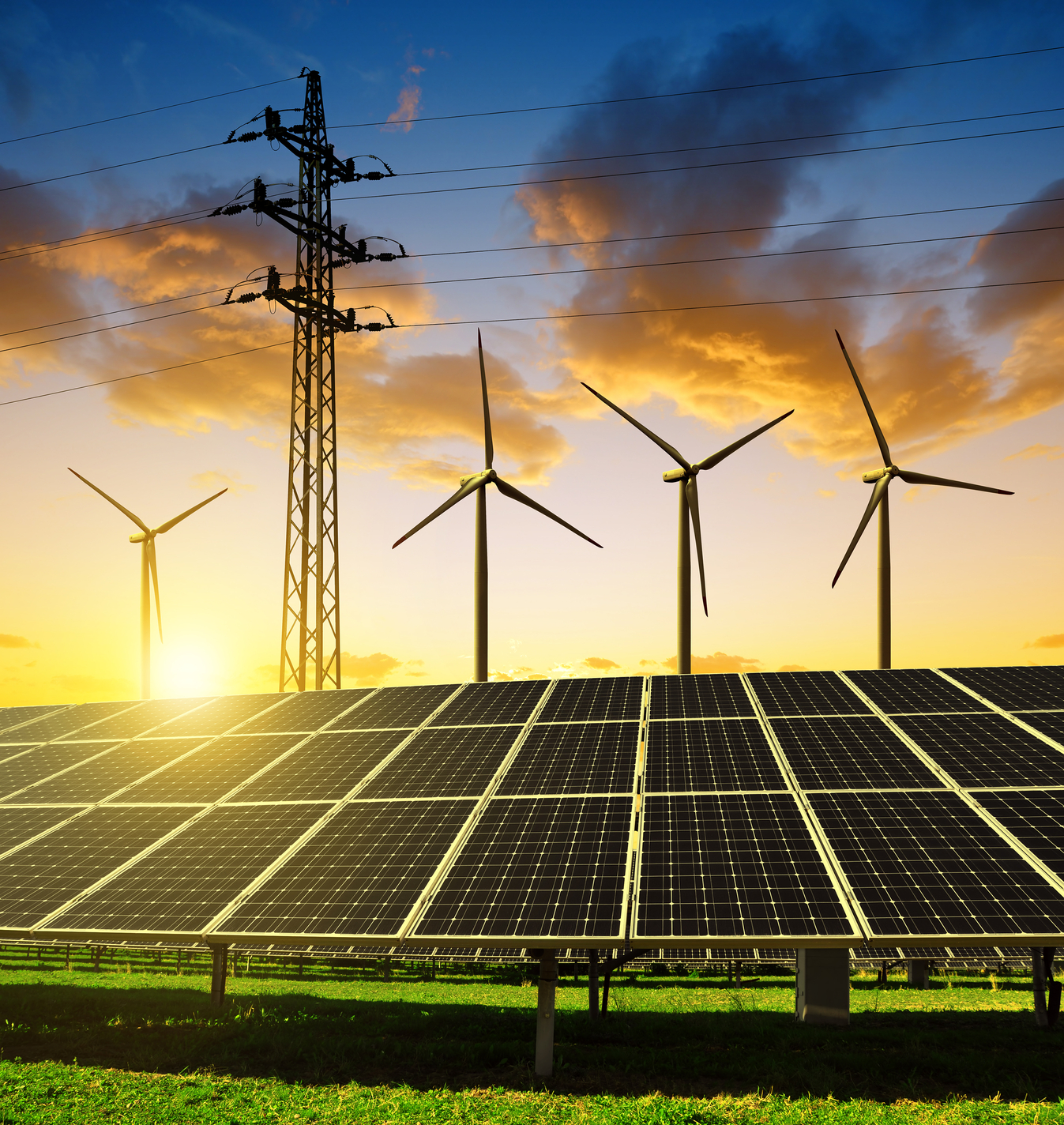This commentary by MacArthur President Julia Stasch, President of The Joyce Foundation Ellen Alberding, and Executive Director of the George Gund Foundation David Abbott, was originally published in Crain's Cleveland Business.
As the new administration in Washington promises to champion the growth of fossil fuels, progress on clean energy might seem stagnant at best.
But at the state level, the advancement of clean energy still serves as a practical, bipartisan solution to people's everyday needs.
Despite the federal government's apparent determination to disengage on this front, Illinois, Michigan and Ohio — Midwestern states led by Republican governors — are taking steps to ensure that families have access to reliable energy, cost-effective options, and cleaner air and water.
The integration of clean energy and efficiency standards into our energy future is a crucial economic initiative that transcends party lines.
In Ohio, Gov. John Kasich took a stand for economic development and clean energy, carving a different path than what's emerging in Washington. He concluded 2016 with a veto of a bill that would have effectively frozen new clean energy development in Ohio, thus affirming the integration of clean energy and efficiency standards into our energy future as a crucial economic initiative that transcends party lines.
The bill he rejected would have weakened the state's clean energy goals and made compliance with renewable standards voluntary for the next two years, while increasing costs on customers. Instead, the now-renewed standards require Ohio utilities to generate 12.5% of their energy from wind, solar and other renewable sources by 2027 and cut power usage via efficiency programs by 22% by the same year.
The governor's decision rested on the economic benefits that clean energy provides to the state, and he had the evidence behind him. The 2014 energy efficiency programs alone created more than 14,000 jobs and increased state income over $1.2 billion. Ohio ranks second in the Midwest in clean energy jobs with over 100,000 employed.
"Ohio workers cannot afford to take a step backward from the economic gains that we have made in recent years, and arbitrarily limiting Ohio's energy generation options amounts to self-inflicted damage to both our state's near and long-term economic competitiveness," said Kasich.
In a letter applauding the decision, companies like Nestle and Whirlpool stated that renewable energy and energy efficiency standards help them save money, stay competitive and avoid energy price volatility. With renewed market certainty and predictable policy, Ohio is encouraging businesses to continue investing in clean energy locally.
In the Midwest alone, clean energy jobs are expected to grow at a rate of 4.4% this year, almost nine times as fast as the long-term national average.
Across the country, the clean energy sector provides well-paying employment for millions of Americans. In the Midwest alone, clean energy jobs are expected to grow at a rate of 4.4% this year, almost nine times as fast as the long-term national average.
Ohio is not the only Midwest state seizing this opportunity. In December, Illinois and Michigan both approved bipartisan deals to grow clean energy. Illinois Gov. Bruce Rauner signed a compromise that repairs the state's clean energy standards while keeping valuable nuclear plants open, a move that will generate $15 billion of investment in clean energy. And Michigan clean energy advocates and utilities came together in a bipartisan manner, with active support from Gov. Rick Snyder, to revamp the state's clean energy policy for the first time in eight years.
It's clear that clean energy is on the ascent. It already costs less to build new solar and wind plants than it does to build a natural gas plant in some parts of the country. And Fortune 500 companies that use the highest proportion of renewable energy consistently have better financial performance than their competitors.
States that seize the energy transition will have a competitive edge for job creation and economic development. Ohio's history as a seat of American industrial innovation is long — companies like Goodyear, Dow Chemical and Owens-Corning all started in the Buckeye State, and the governor clearly recognizes the opportunities of the clean energy revolution. The state legislature would do well to join Kasich's support for clean energy lest they risk putting the state at a competitive disadvantage.
In Ohio and in other states across the U.S., policymakers and investors can seize the many opportunities clean energy offers to bolster regional economies, provide stable jobs and social services, and prioritize public health and safety into the future. Regardless of decisions made in Washington, a state-led clean energy revolution reminds us what prudent public policy can — and should — look like.





